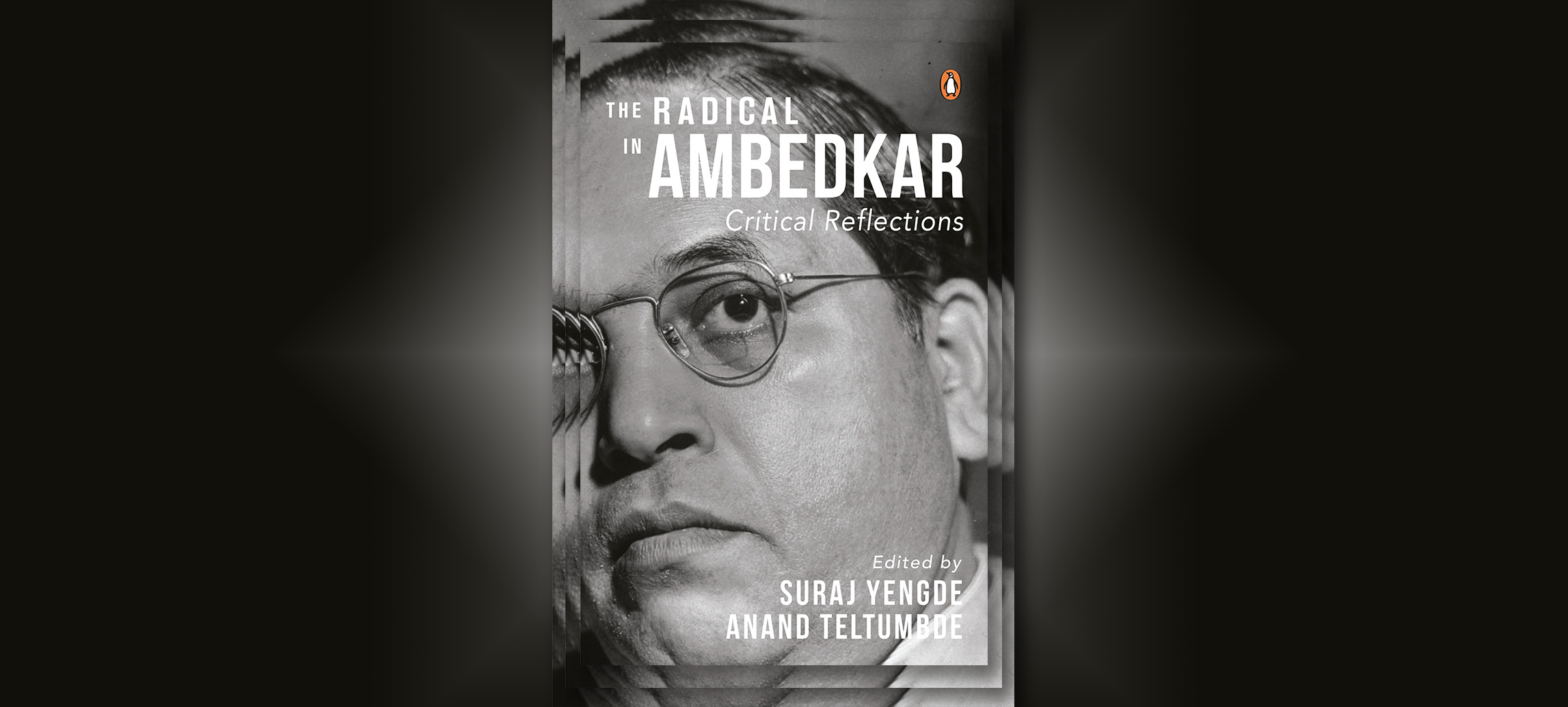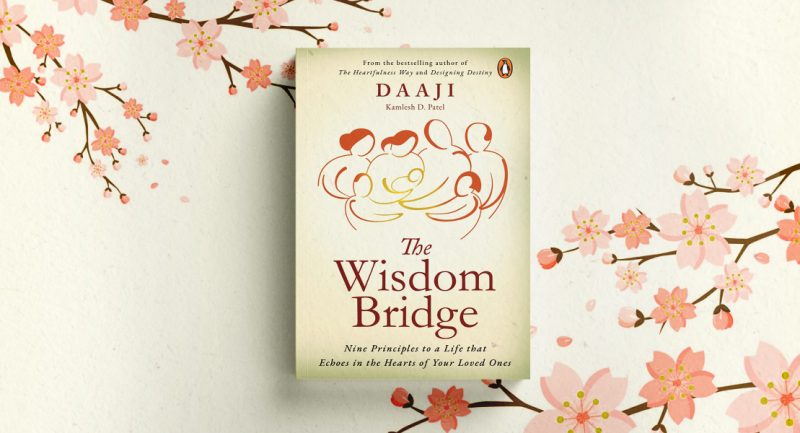
The Radical in Ambedkar: Critical Reflections , edited and introduced by Anand Teltumbde and Suraj Yengde, establishes B.R. Ambedkar as the most powerful advocate of equality and fraternity in modern India. Critically evaluating his thought and work, the essays in this book—by Jean Drèze, Partha Chatterjee, Sukhadeo Thorat, Manu Bhagavan, Anupama Rao and other internationally renowned names—discuss Ambedkar’s theory on minority rights, the consequences of the mass conversion of Dalits to Buddhism, Dalit oppression in the context of racism and anti-Semitism, and the value of his thought for Marxism and feminism, among other global concerns.
Read on to learn why Ambedkar deemed it essential to demystify the traditional terminology of caste oppression
Economic problems intertwine with social discrimination
“The problems of untouchability and caste discrimination and atrocity, however need to be top priorities in government policy and programmes, and in high-caste civil society. Presently, they are low in the pecking order. The removal of untouchability has not become a state-level issue of prime concern, importance and urgency. But it is as important as the problem of poverty. If poverty is the daily experience of hunger, discrimination is the daily experience of humiliation and contempt. It is a day-to-day experience which is absorbed by Untouchables under suppression and dominance.”
The history of caste took roots from skin colour
“The term ‘caste’ is not of Indian origin. Formulated by the Portuguese in the 16th Century, the word has roots in the Portuguese word casta, which literally refers to breed. Varna, which finds mention in the Rig Veda, the oldest of the Vedas, referring to class, also means colour in Sanskrit and is essentially a colour system construct.”
Marginalisation is entrenched deep within our society
“Both African-Americans and Dalits have been segregated and terrorized, denied education, economic opportunity, healthcare and political participation over centuries, and both continue to be exploited economically and psychologically for the benefit of those the elites in their respective societies have ranked above and against them.”
Misogyny and lack of agency in women is a byproduct of casteism
“The structural reproduction of caste occurs in a systematic alliance of unfair gender norms and sexual violence. In other words, the caste system is grounded in gender discrimination and sexual violence. The system operates through a complete control over the being-body of the woman, reducing her to a sub-human category. One can outline the caste-gender-sexuality system as a birth-related graded hierarchical structure of purity pollution and division of labour manifested in distinct ritual status and style of life.”
The practice of segregation does not even spare cremation grounds
“The most widespread and blatant practice of untouchability in the public secular sphere relates to water and cremation or burial grounds—the bare necessities of life and death. Despite being common amenities that are managed and maintained by local governments, access to them continues to be governed by the notion of caste-based pollution and untouchability.”
Educational institutions influence casteist attitudes amongst children
“The practice of untouchability continues to pervade the public sphere, including a host of state institutions and the social interactions that occur within them. In one out of four primary schools in rural India, Dalit children are forced by their teachers or by convention to sit apart from non-Dalits. As many as 40 percent of schools practise untouchability while serving midday meals, with Dalit children being made to sit in a separate row while eating.”
An extraordinary collection of immense breadth and scholarship that challenges the popular understanding of Ambedkar, The Radical in Ambedkar is essential reading for all those who wish to imagine a new future.









